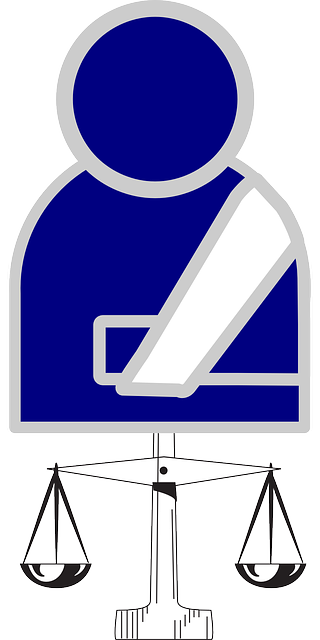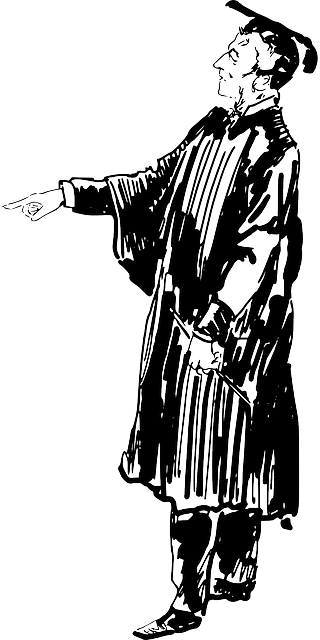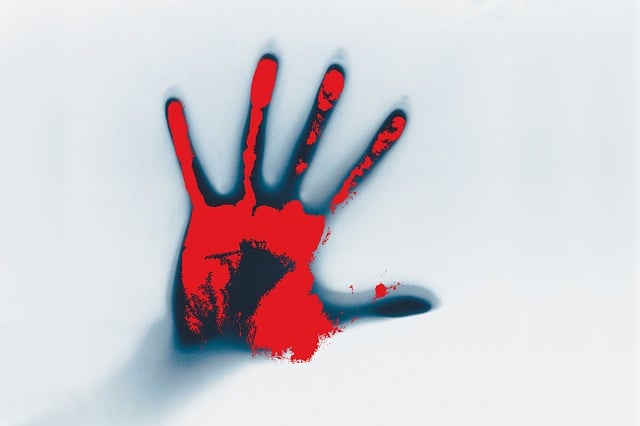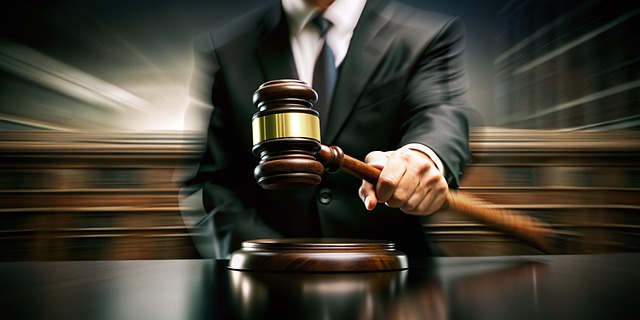After a severe pedestrian accident injury, individuals immediately experience psychological impacts like shock and disorientation, which can delay recognition of injury severity. The initial response focuses on stabilization, but may lead to confusion about subsequent steps, including physical recovery and legal avenues. Victims often face complex emotions requiring professional support, with legal representation crucial for navigating rights and entitlements while focusing on client recovery. Without appropriate advocacy, they may struggle with cognitive dissonance, guilt, and internal conflict due to liability or caregiver negligence, potentially leading to post-traumatic stress (PTSD).
“Pedestrian accidents can have profound psychological effects, with severe injuries leading to a complex web of emotional challenges. This article explores the multifaceted impact of such incidents on victims’ mental health. We delve into the immediate shock and disorientation that often follow, as well as the long-term struggles with trauma and adjustment disorders, such as PTSD. By examining coping mechanisms, therapy options, and the transformative power of social support, we offer insights into the recovery process, highlighting the resilience that can emerge from adversity.”
- Immediate Psychological Impact: Shock and Disorientation
- – The initial response to severe injuries
- – Emotional reactions and cognitive dissonance
Immediate Psychological Impact: Shock and Disorientation

After a severe pedestrian accident injury, the immediate psychological impact is often one of shock and disorientation. Victims may find themselves unable to process the events that transpired, experiencing a sense of detachment from their surroundings. This state of disbelief can be a natural defense mechanism, but it can also delay the realization of the extent of the injuries sustained. The mind, in its initial response, might focus on survival instincts and ensuring physical safety, leading to a temporary foggy awareness of the broader consequences.
The shock phase is crucial, as it allows individuals to stabilize immediately after such traumatic experiences. However, this initial disorientation can also lead to confusion and anxiety about what happened and what steps to take next. Victims may struggle with memory retention and decision-making capabilities, which are essential aspects of navigating not only the physical recovery process but also potential legal avenues, such as understanding their rights in cases of medical malpractice or employment disputes, where a fiduciary duty breach might have occurred.
– The initial response to severe injuries
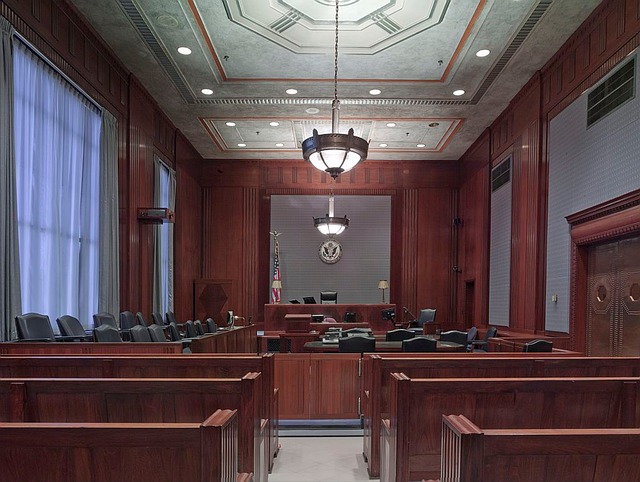
The initial response to severe pedestrian accident injuries can be overwhelming, both for the victim and their loved ones. In moments following such traumatic events, the primary focus often shifts to ensuring immediate survival and stabilisation. This critical phase involves rapid medical intervention to control bleeding, manage pain, and prevent further deterioration. The victim’s mental state during this time is a complex interplay of shock, fear, and disorientation—a natural response to sudden, life-altering injuries.
As the individual begins to recover, both physically and cognitively, the psychological journey becomes increasingly evident. Many victims experience a range of emotions, from intense anger and frustration to profound sadness and anxiety. These feelings are not uncommon and often require professional support. Legal representation can play a crucial role in this process, especially for elderly pedestrians who may need specialized elder law assistance to navigate their rights and entitlements while they focus on their client recovery.
– Emotional reactions and cognitive dissonance

After a severe pedestrian accident injury, individuals often experience a myriad of emotional reactions, which can be overwhelming and confusing. The sudden impact of such an event can lead to a sense of disbelief, shock, and denial, where the cognitive dissonance between the perceived reality and the expected outcome is stark. This initial phase is a natural defense mechanism, allowing the mind to process the trauma gradually. However, as the initial numbing effect wears off, intense emotions like fear, anger, sadness, and anxiety may surface, often manifesting as post-traumatic stress (PTSD).
The cognitive dissonance experienced by victims of pedestrian accidents can extend beyond the immediate emotional turmoil. They might find themselves questioning their own actions or those of others involved, leading to a complex web of doubts and guilt feelings. This internal conflict is particularly pronounced when there’s a sense of caregiver negligence or, in other cases like slip and fall injuries, unclear liability. Legal representation during such times becomes crucial, offering not just advocacy but also a sense of control and support as victims navigate the physical and psychological aftermath of their injuries.
Pedestrian accident injuries can have profound psychological effects, with shock and disorientation often the immediate responses. These initial emotional reactions, coupled with cognitive dissonance, highlight the complex interplay between physical trauma and mental health. Understanding these impacts is crucial in providing adequate support for victims, ensuring their journey towards recovery isn’t just physical but also emotionally and cognitively empowering.

